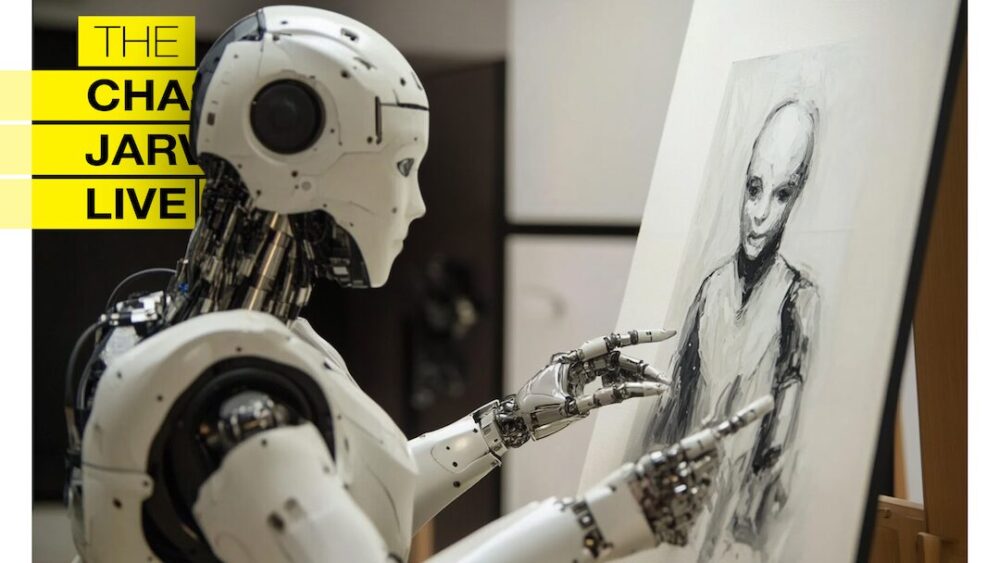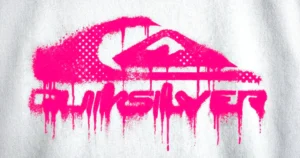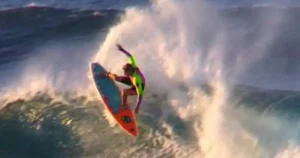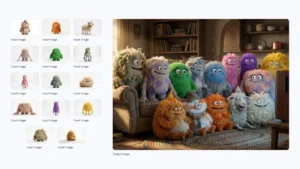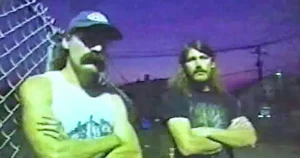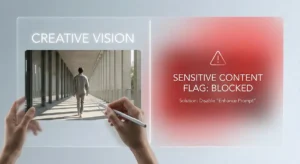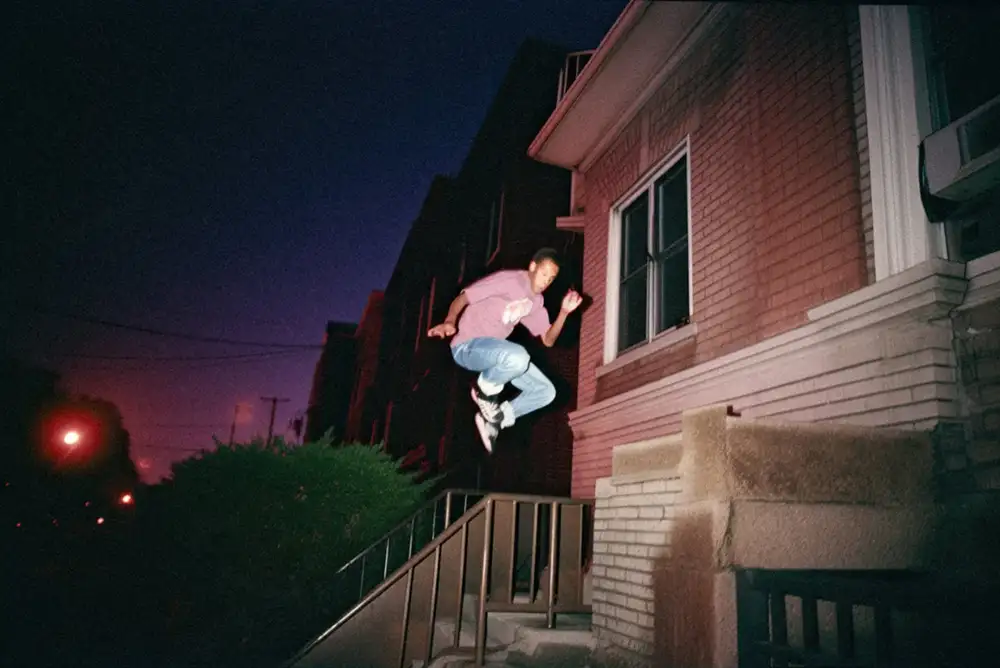
Image by AI S.A.M., super talented AI creator
Recently, I shared an experience in my newsletter that sparked quite a debate. While traveling with friends in Nashville, I used an AI tool to create a song in under 24 seconds. The result was a playful, albeit cheesy, track called “Lemonade Love Escape” that had us all laughing and nodding along. Here’s what happened:
I dictated this prompt into the AI tool: “A teenage boy and his teenage girlfriend run away to a deserted island to open a lemonade stand. Style Swedish electronic dance – one or two verses that repeat so it’s a great sing along. Simple lyric.”
In less than half a minute, we had a catchy tune that we couldn’t help but sing for days. It was fun, it was easy, and it got me thinking about the role of AI in creativity.
Let’s Talk About AI: Fear or Opportunity?
But not everyone saw it that way. One reader hit back hard:
“You have just perfectly demonstrated the tragic nature of AI created music… You didn’t create anything. You entered text. You’re not an artist from entering text into a text field.”
Ouch. I get it. The fear is real. We’re all wondering: Will AI make human creativity obsolete? Are we just “machines” feeding the AI beast?
But here’s the thing – I’ve been in this game long enough to know that resisting technological change is like trying to hold back the tide with a sandcastle. Remember when digital cameras were going to “kill” photography? Yeah, how’d that work out?
Let’s take a deep breath and look at this rationally. AI isn’t the enemy of creativity – it’s a new tool in our arsenal. And like any tool, it’s all about how we use it.
AI: A Partner, Not a Replacement for Creativity
AI tools are not a replacement for human creativity but can serve as powerful collaborators. Turning text into music, for example, is no different from turning clay into pottery. The quality of the output still depends on the artist’s skill and vision. A novice using an AI tool will not achieve the same level of mastery as someone with a deep understanding of music and the ability to craft precise prompts.
Twitter user @jasonxsigmon puts it well: “Contrary to popular belief, Gen-AI doesn’t stifle creativity – it enhances it! It acts as a powerful brainstorming partner, helping break through writer’s block and inspiring new angles..”
I couldn’t agree more. AI can handle the grunt work, freeing us up to focus on the big picture, the emotional core of our art. It’s not about replacing us, it’s about enhancing what we do best.
By embracing AI, artists can enhance their workflow, spark new ideas, and push the boundaries of their creativity. AI can handle repetitive tasks, analyze large datasets, and even generate initial drafts, allowing artists to focus on refining their work and exploring new creative directions.
View this post on Instagram
What Really Counts as Art in the AI Era?
The debate over AI-generated art has forced us to really examine what we mean by “authentic” creativity. When Instagram started tagging AI-modified images, it sparked a fascinating conversation.
Many photographers felt this label was too broad, as it flagged images that were merely edited using common digital tools. Spot removal, object removal, color grading – that kind of stuff. We’ve accepted these types of edits for years as part of the process. This raises important questions: What constitutes AI-generated art, and where do we draw the line between acceptable digital modification and AI creation? This debate mirrors past resistance to new technologies, which eventually became accepted and integrated into the creative process.
For instance, when digital photography first emerged in the 1990s, many traditional photographers resisted it, claiming it wasn’t “real” photography. They argued that the ease of manipulation in digital images would compromise the integrity of the medium. However, digital photography is now widely accepted and has become the industry standard.
Similarly, when Photoshop was introduced in 1990, it faced skepticism from purists who saw it as a threat to the authenticity of photography. Today, Photoshop and similar editing software are considered essential tools in a photographer’s arsenal.
Even further back, the introduction of color photography in the early 20th century was met with resistance from art photographers who believed black and white was the only “serious” medium. Now, color photography is fully embraced in fine art and commercial work alike.
It’s not a large leap to believe the current debate over AI will follow a similar trajectory, with clearer guidelines and acceptance emerging as the technology matures and becomes more widely understood.
Skill Still Matters in the Age of AI
Here’s where I think the critics get it wrong – AI doesn’t negate the need for skill and vision. If anything, it raises the bar. Anyone can type a prompt, but crafting the perfect prompt? That’s an art form in itself.
Think about it like this: giving someone a pro-level camera doesn’t automatically make them Annie Leibovitz. The same goes for AI tools. The cream will always rise to the top.
How AI Can Expand Our Creativity?
Look, I get it. Change is scary. But as creatives, isn’t embracing the unknown kind of our thing? AI is opening up new possibilities we’ve never dreamed of. It’s allowing more people to express themselves creatively than ever before. How is that a bad thing?
My critic expressed their frustration quite vividly:
“Congratulations for willingly participating in something that inevitably will just create more noise in an already noisy environment.”
This sentiment isn’t uncommon. The fear that AI will flood the creative landscape with mediocre content, drowning out human artistry, is a valid concern. But let’s take a step back and consider this: throughout history, every major technological advancement in art and creativity has faced similar criticisms. When photography was invented, painters worried it would make their craft obsolete. When digital cameras emerged, film photographers feared the end of their medium. Yet in each case, these new tools didn’t just add noise – they expanded the creative landscape and pushed artists to innovate in new ways.
Yes, AI might lead to an increase in the sheer volume of content being created. But it’s important to remember that quantity doesn’t negate quality. In fact, more creation often leads to more innovation. Think about how the widespread availability of cameras on smartphones led to entirely new forms of visual storytelling and art.
Same Challenges, Different Era
Consider the case of CreativeLive instructor Elise Swopes, whose journey exemplifies the power of volume and persistence in creative work. Swopes began her career creating art and photography exclusively with her iPhone. Through consistent practice and output, she developed a unique style that blends urban photography with surreal digital manipulations. Her dedication to her craft led to notable recognition, including collaborations with major brands and the sale of her digital artworks as NFTs, some garnering over $200,000 each. The fact that her work originated from a smartphone camera didn’t diminish its value or impact. Instead, it demonstrates that the tool is secondary to the vision, creativity, and volume of work produced. Swopes’ success reinforces the idea that closing the creative gap is about persistent practice and output, not necessarily having the most expensive or professional equipment.
As creatives, our job has always been to rise above the noise, to create work that resonates and stands out. AI doesn’t change that fundamental challenge – it just gives us new tools to work with. Those who learn to harness AI effectively, combining it with human creativity and vision, will be the ones who cut through the noise and create truly impactful work.
Moreover, AI has the potential to democratize creativity, allowing more people to express themselves artistically. While this might initially seem like it’s adding to the noise, it’s also broadening the pool of diverse voices and perspectives in the creative world. And isn’t that diversity exactly what we need to push creativity forward?
At the end of the day, it’s not about the tools we use, but how we use them. AI, like any tool, is neutral. It’s up to us as creators to use it responsibly and innovatively, to create work that rises above the noise and makes a lasting impact.
As the legendary sci-fi author William Gibson said, “The future is already here – it’s just not evenly distributed.” AI in creativity is that future, and it’s knocking on our door.
Finding Our Way Forward with AI in Creativity
So what do we do? We adapt. We learn. We experiment. Most importantly, we keep our humanity at the center of our work. AI is a tool, not a replacement for the human spirit that drives true creativity.
Here are some ways we can embrace AI responsibly:
- Use AI for inspiration, not imitation. Let it spark ideas, not dictate them.
- Understand the ethical implications. Be transparent about AI use in your work.
- Focus on developing skills AI can’t replicate – emotional intelligence, cultural understanding, and that ineffable human touch.
- Keep asking hard questions and create healthy dialog but recognize technology is a freight train that will just keep coming.
Remember, at the end of the day, it’s not about the tools we use. It’s about the stories we tell, the emotions we evoke, and the connections we make. That’s something no AI can ever truly replicate.
Now, as we stand at the crossroads of human creativity and artificial intelligence, the question isn’t whether AI will replace us, but how we’ll evolve alongside it. The future of art isn’t a battle between human and machine – it’s a collaboration waiting to be explored. Are you ready to be a pioneer in this new creative frontier?

